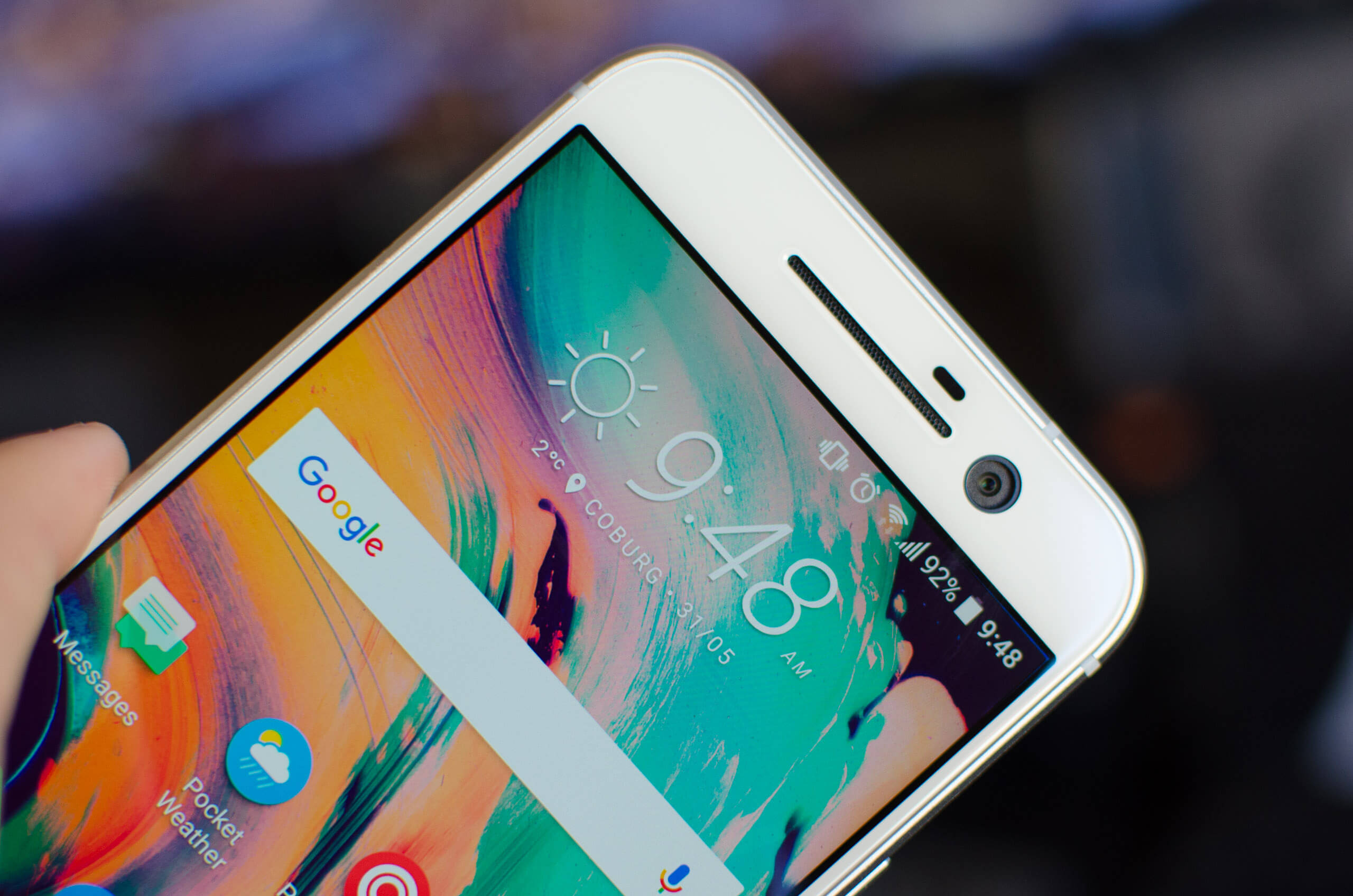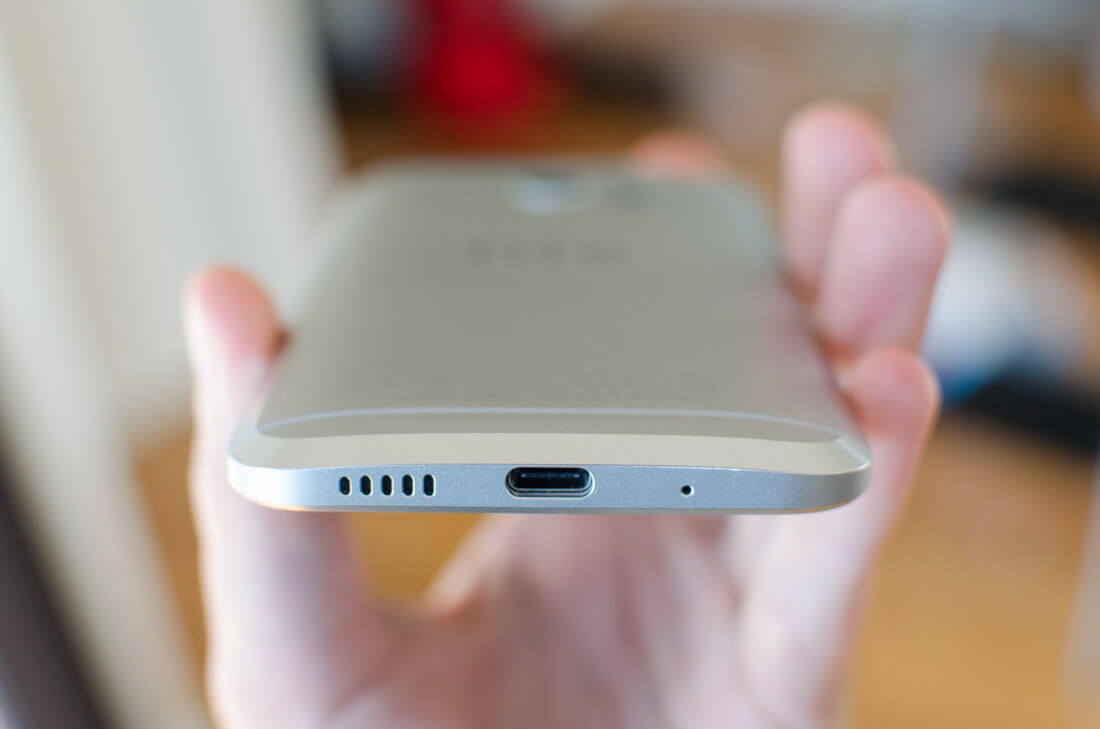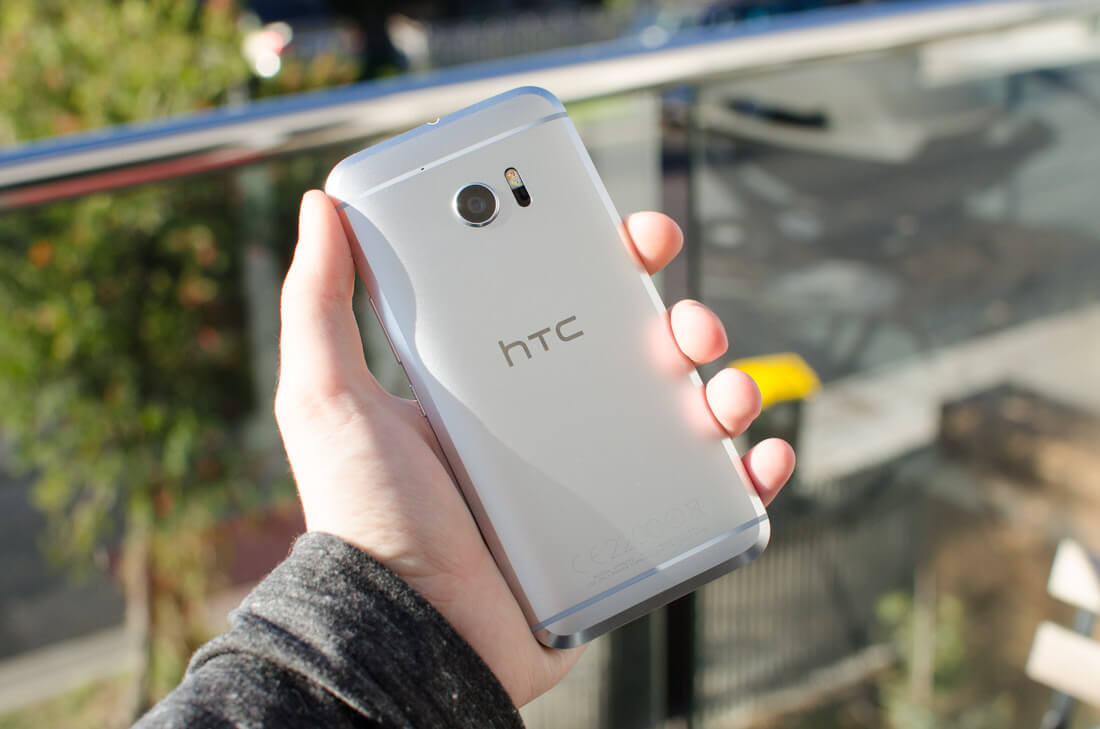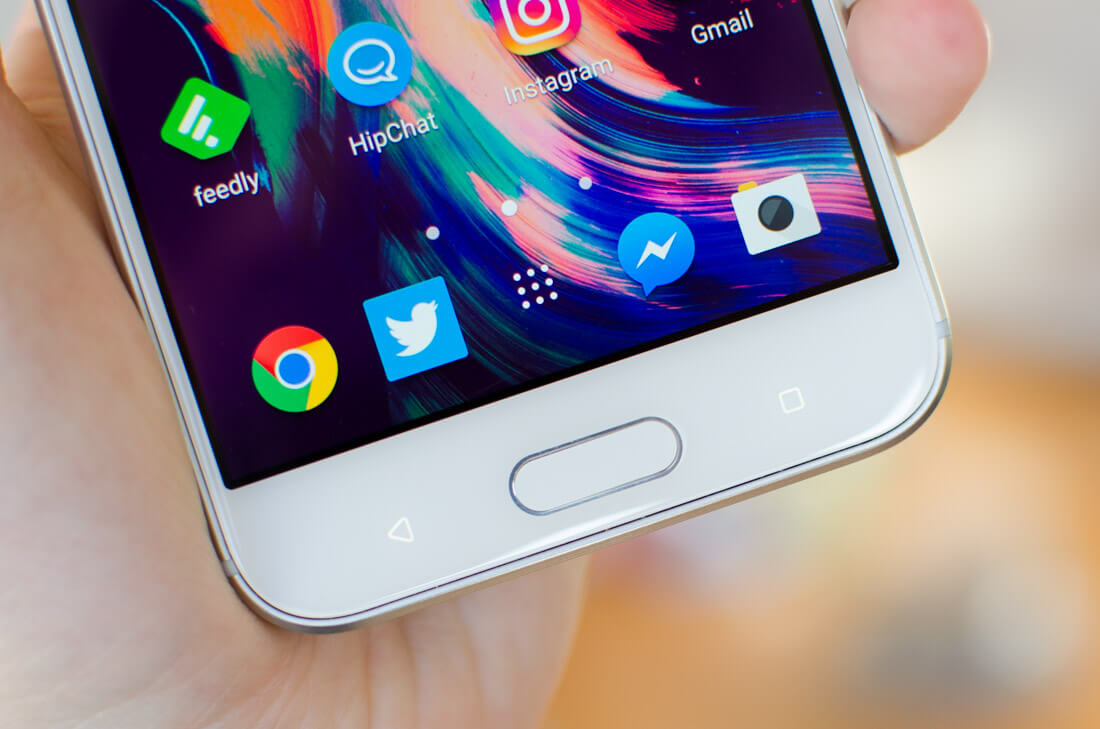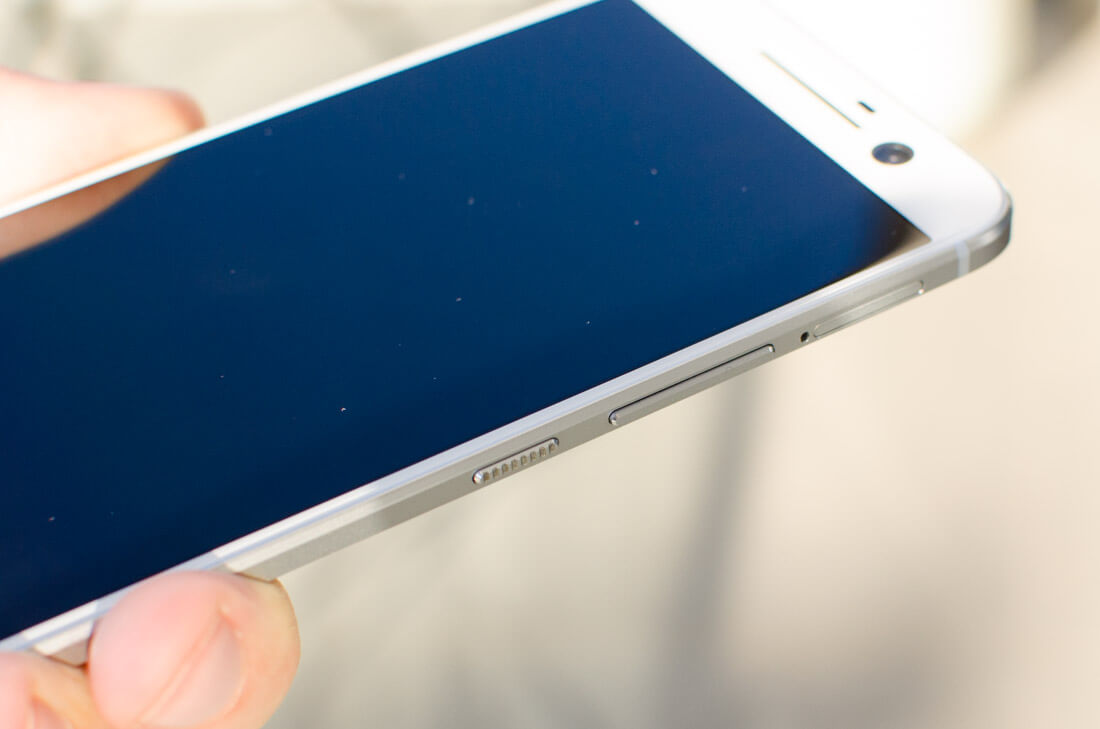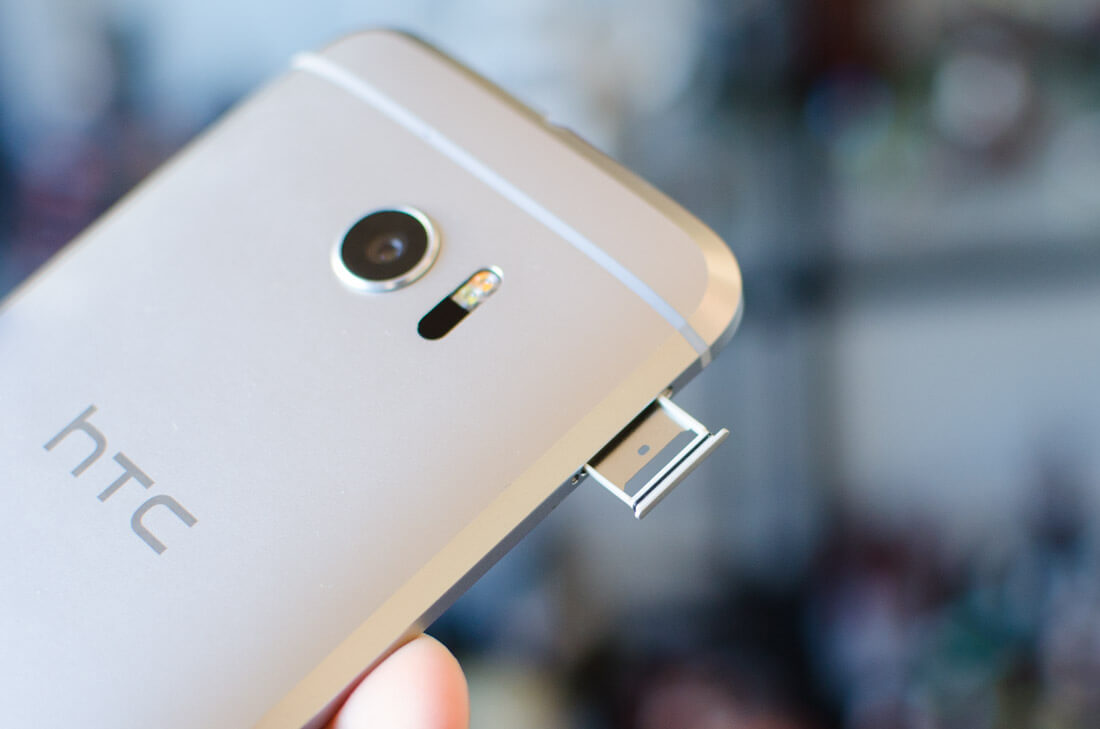HTC was once a powerful force in the phone market. Even just a few years go the company was producing solid Android devices; the One M7 in particular was one of my favorite handsets of the time. But over the last two years HTC has lost significant ground, releasing a collection of uninspiring mid-range devices and flagships that failed to compete with the big guns of Samsung, Apple and LG.
The HTC 10 marks the start of a new chapter for HTC. The company listened to user feedback - particularly surrounding the disappointing One M9 - to craft an entirely new, high-end device with a competitive and fresh set of features. If there's any recent product from HTC that could make the company relevant again in the smartphone space, it's this one.
The signature metal body of past HTC smartphones has returned, complete with new additions like a fingerprint scanner and USB Type-C. The camera, a problem area for HTC's past devices, has been completely overhauled in the HTC 10 with a new 12-megapixel sensor, a wide f/1.8 lens, and optical image stabilization. Plus we're seeing welcome iterations such as a new 5.2-inch 1440p LCD and a Snapdragon 820 SoC.
Crafting beautiful high-end smartphones is HTC's specialty, and the HTC 10 is another exemplary display of this. The all-metal unibody, which encompasses the entire rear panel and the sides of this device, is one of my favorite chassis of the year. It looks fantastic, with the shiny beveled rim complementing the matte back panel perfectly. All of the qualities of aluminium are on full display here, leading to a premium industrial design with a feel to match.
But it's not just the metal that makes this design good: HTC's designers are masters at nailing the little things. The way the metal unibody joins the glass front panel minimizes a hard edge, which makes the phone comfortable to hold. The polycarbonate antenna bands are a necessary part of this design, and if anything they add to the visual appeal. The curved back panel hides thickness and fits well in your palm. The raised camera module looks surprisingly good in person too.
That's not to say the design is perfect. The front panel, which is white on the silver model, doesn't look nearly as slick as the rear panel. The design here is rather derivative and unimaginative, which is a stark difference from HTC's previous smartphones.
The lack of stereo, front-facing BoomSound speakers is a huge disappointment coming from previous HTC handsets. I always love seeing a good sound system on a smartphone - it's great for playing games or watching the odd YouTube video - and historically HTC has had the best. However, with the main speaker relocating to the bottom of the handset, the HTC 10's speaker system is pedestrian at best.
The regression here isn't all bad. The bottom speaker is used in conjunction with the in-call speaker above the display while playing audio, so the handset still delivers stereo audio. However the two speakers aren't weighted evenly: the bottom speaker is more powerful and better quality, which makes the audio produced sound like it's mostly coming from one side when the handset is held in a landscape orientation.
The speaker below the display has been removed to fit in a fingerprint sensor, which doubles as a physical home button. I prefer these sensors to be positioned on the back of the handset as it's a more natural position (and it would allow BoomSound to remain), but HTC's sensor here is very responsive and accurate as you'd expect from a modern flagship.
To the left and right of the fingerprint sensor are the back and app switching navigation buttons respectively. You wouldn't know they were positioned there as the backlit icons only appear when one of the buttons is pressed. Considering the lengthy body of the HTC 10, I would have preferred on-screen buttons here to assist with usability; the physical buttons are slightly too far down the face of the handset, particularly the back button as a right-hander, for comfortable one-handed use.
The power and volume buttons are located at a comfortable position on the right side of the device. HTC has cleverly textured the power button so that it can be easily distinguished from the volume rocker without looking, which makes it very easy to hit the power button every time you want to. Again, this is another small touch that HTC has made to improve the design of the HTC 10.
Around the edges HTC has also included a 3.5mm headphone jack on the top, and the USB-C port on the bottom. I always like the inclusion of a USB-C port on smartphones, and this is no exception. There's also two trays on either side, one for the nano-SIM, and the other for the microSD card slot. The trays are well hidden enough to not disrupt the rest of the design.
